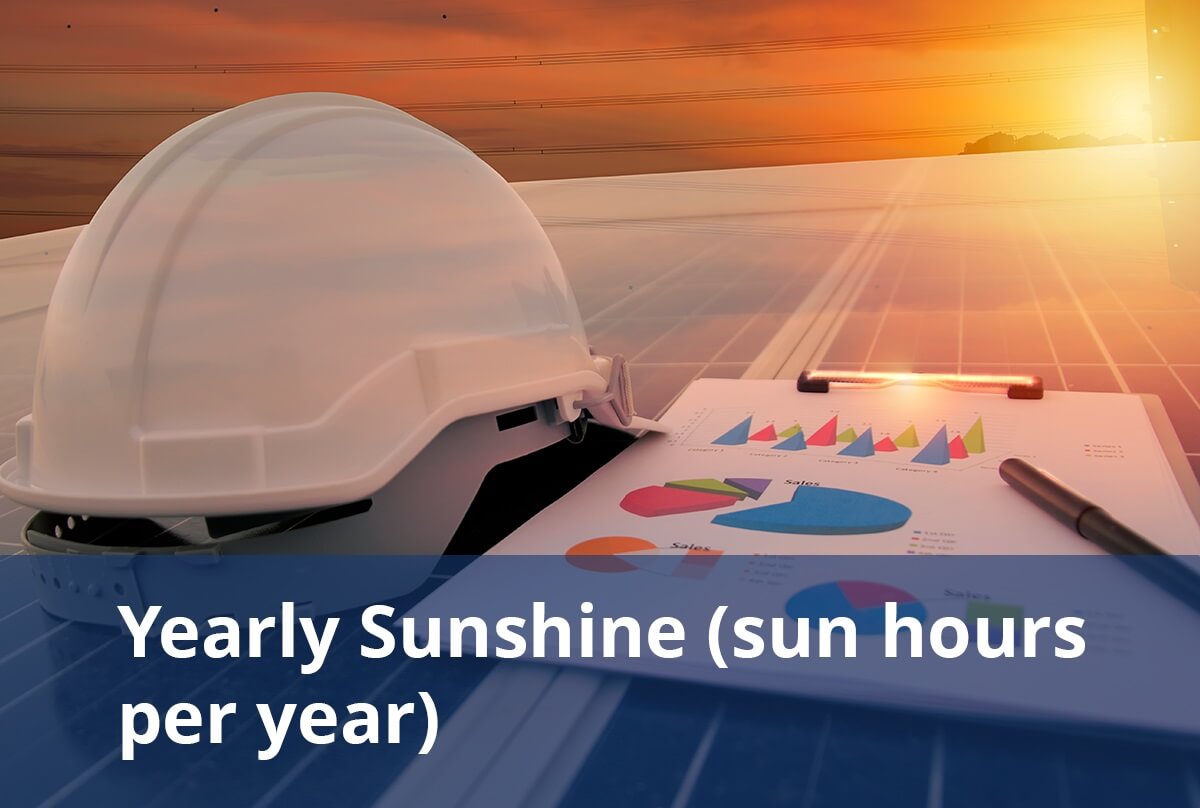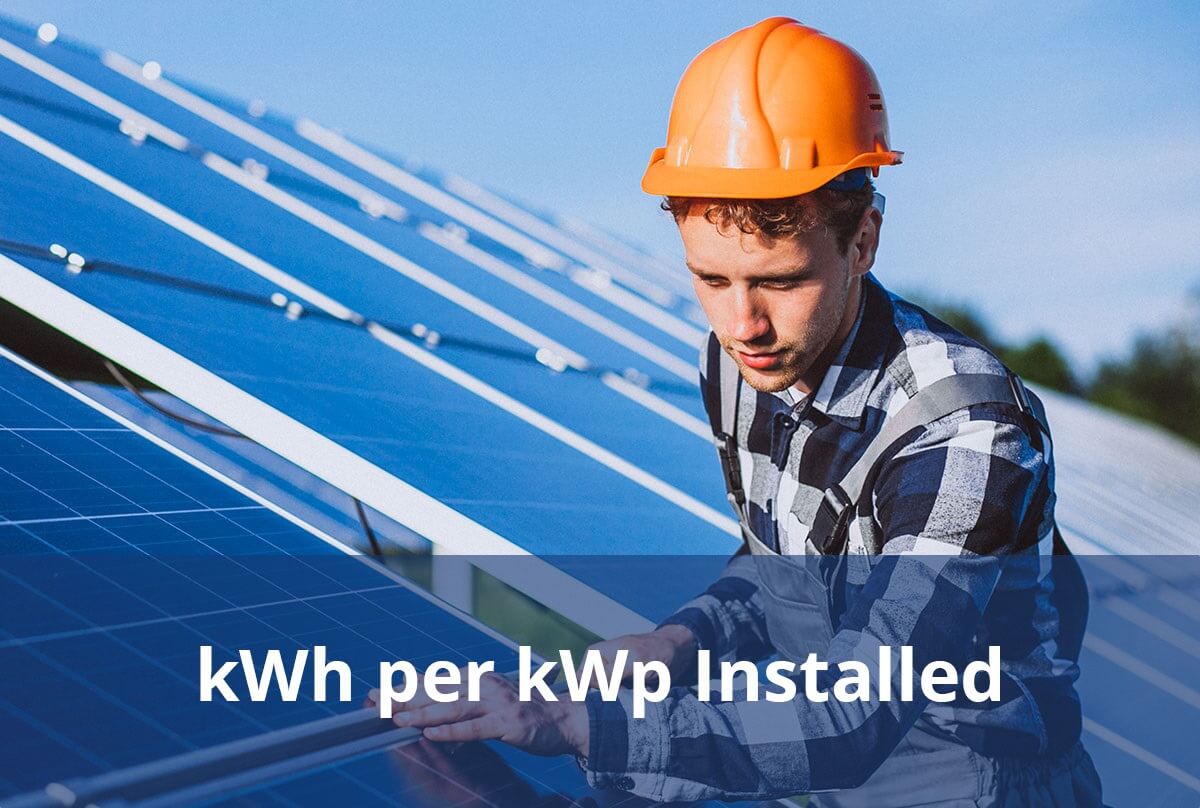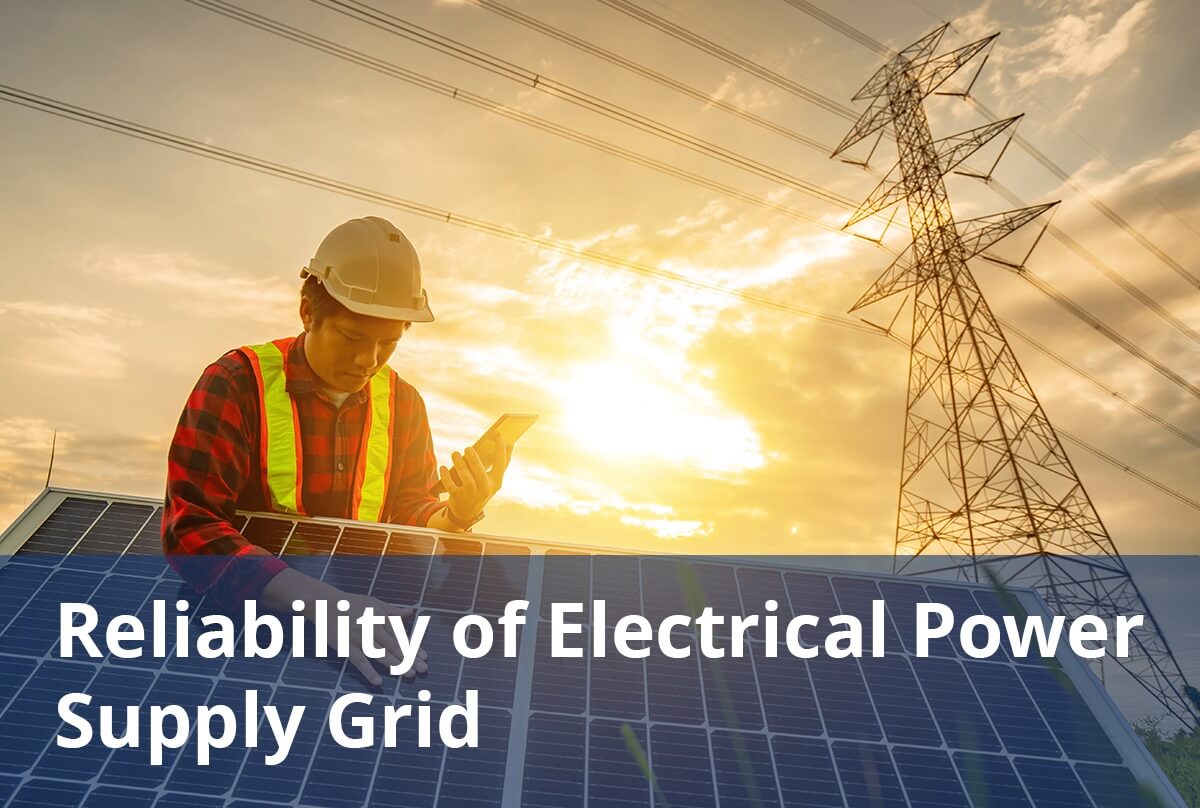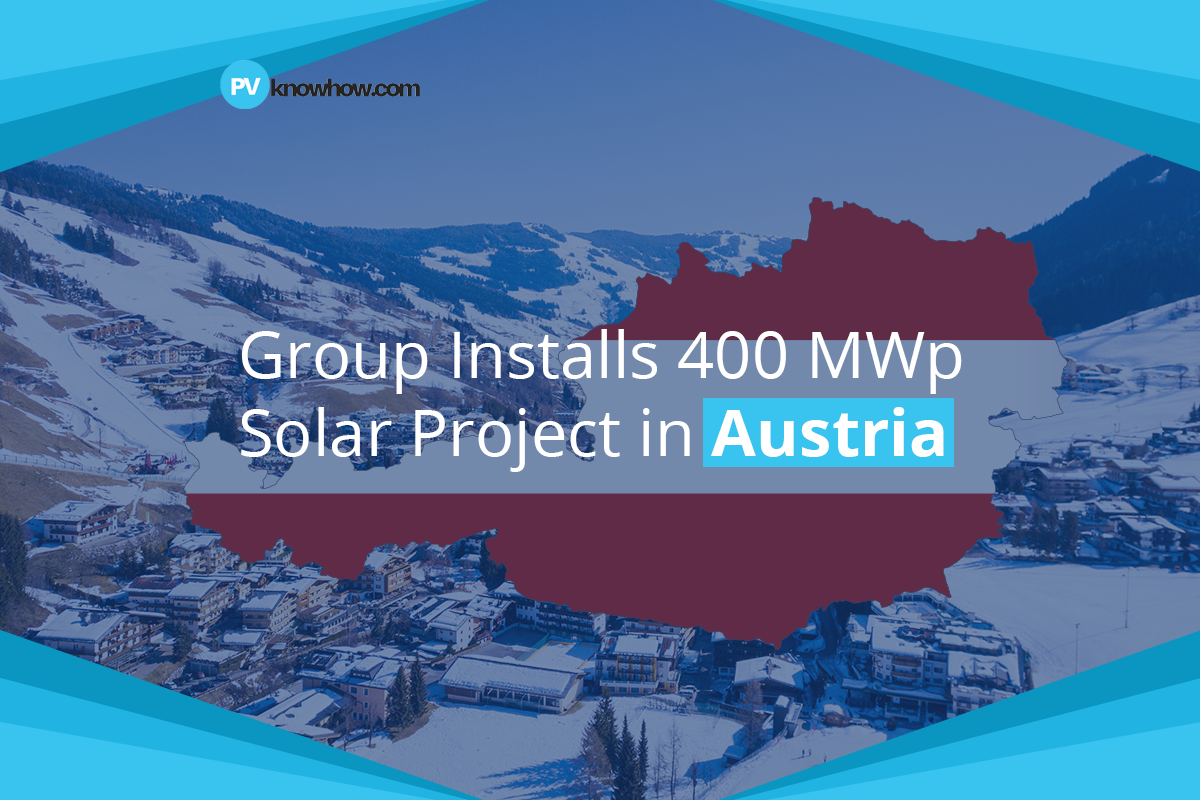Discover comprehensive insights into the statistics, market trends, and growth potential surrounding the solar panel manufacturing industry in Austria
- Current Results (n.d.). Amount of Sunshine a Year in Austria. Retrieved August 7, 2024, from https://www.currentresults.com/Weather/Austria/sunshine-annual-average
- International Renewable Energy Agency IRENA (2024, July 31). Energy profile – Austria. Retrieved August 7, 2024, from https://www.irena.org/-/media/Files/IRENA/Agency/Statistics/Statistical_Profiles/Europe/Austria_Europe_RE_SP.pdf
- Country Economy (n.d.). Austria – Household electricity prices. Retrieved August 7, 2024, from https://countryeconomy.com/energy-and-environment/electricity-price-household/austria
- Statista (2024, July 8). Average monthly electricity wholesale price in Austria from January 2019 to June 2024. Retrieved August 7, 2024, from https://www.statista.com/statistics/1271527/austria-monthly-wholesale-electricity-price/
- Austrian Power Grid (n.d.). APG power monitor. Retrieved August 7, 2024, from https://www.apg.at/en/powermonitor/
- Wikipedia (n.d.). Solar power in Austria. Retrieved August 7, 2024, from https://en.m.wikipedia.org/wiki/Solar_power_in_Austria
- PV magazine (2024, January 11). More than 2 GW of PV installed in Austria in 2023, predicts analyst. Retrieved August 7, 2024, from https://www.pv-magazine.com/2024/01/11/more-than-2-gw-of-pv-installed-in-austria-in-2023-predicts-analyst
- Mordor Intelligence (n.d.). Austria Solar Energy Market Size. Retrieved August 7, 2024, from https://www.mordorintelligence.com/industry-reports/austria-solar-energy-market
- Statistics Austria (n.d.). Energy prices, taxes. Retrieved August 7, 2024, from https://www.statistik.at/en/statistics/energy-and-environment/energy/energy-prices-taxes
- Res Legal (2019). Feed-in tariff. Retrieved August 7, 2024, from http://www.res-legal.eu/search-by-country/austria/single/s/res-e/t/promotion/aid/feed-in-tariff-green-electricity-act/lastp/94/
- Database.earth (2022). Electricity Generation of Austria. Retrieved August 7, 2024, from https://database.earth/energy/electricity-generation/austria
- PV magazine (2024, June 28). Austria adds 2.6 GW of PV capacity in 2023. Retrieved August 7, 2024, from https://www.pv-magazine.com/2024/06/28/austrias-pv-capacity-additions-amounted-to-2-6-gw-in-2023
- Power technology (2024, February 15). Top five solar PV plants in operation in Austria. Retrieved August 7, 2024, from https://www.power-technology.com/data-insights/top-five-solar-pv-plants-in-operation-in-austria
- Power technology (2023, July 19). Top five solar PV plants in development in Austria. Retrieved August 7, 2024, from https://www.power-technology.com/data-insights/top-5-solar-pv-plants-in-development-in-austria
- PV magazine (2024, June 12). Austria adds 500 MW of PV in Q1. Retrieved August 7, 2024, from https://www.pv-magazine.com/2024/06/12/austria-adds-500-mw-of-pv-in-q1/
- Marketwide research (2024, April). Austria solar energy market analysis. Retrieved August 7, 2024, from https://markwideresearch.com/austria-solar-energy-market/
- PV Magazine (2023, June 27). Austria hits 1 GW of annual solar installations. Retrieved August 7, 2024, from https://www.pv-magazine.com/2023/06/27/austria-hits-1-gw-of-annual-solar-installations
- PV Magazine (2023, August 7). Austria publishes map of locations with available grid capacity for PV. Retrieved August 7, 2024, from https://www.pv-magazine.com/2023/08/07/austria-publishes-map-of-locations-with-available-grid-capacity-for-pv
- PV Europe (2023, November 29). PV Austria expects over two gigawatts of new photovoltaic capacity. Retrieved August 7, 2024, from https://www.pveurope.eu/markets/austria-pv-austria-expects-over-two-gigawatts-new-photovoltaic-capacity
- Housing anywhere (2024, March 27). Your guide to the average salaries in Austria 2023 – 2024. Retrieved August 7, 2024, from https://housinganywhere.com/Austria/average-salaries-austria
- World salaries (n.d.). Average Solar Engineer Salary in Austria for 2024. Retrieved August 7, 2024, from https://worldsalaries.com/average-solar-engineer-salary-in-austria/
- Salary expert (n.d.). Solar Photovoltaic Installer. Retrieved August 7, 2024, from https://www.salaryexpert.com/salary/job/solar-photovoltaic-installer/austria
- Worldometer (n.d.). Austria population. Retrieved August 7, 2024, from https://www.worldometers.info/world-population/austria-population/
- Slovenia Invest (n.d.). Industrial units for rent – Leibnitz, Austria. Retrieved August 7, 2024, from https://sloveniainvest.com/property/industrial-units-for-rent-leibnitz-austria/
- EB Plus (2023). Cold water and its billing. Retrieved August 7, 2024, from https://www.ebplus.at/fileadmin/medien_ebplus/media/energieberatung/pdf/Kaltwasser_EN__221023_.pdf
- Statista (2024, March 20). Prime rent for office real estate in Vienna, Austria, from 2013 to 2023. Retrieved August 7, 2024, from https://www.statista.com/statistics/530078/office-real-estate-prime-rent-vienna-austria-europe
- Statista (2024, March). Property Insurance – Austria. Retrieved August 7, 2024, from https://www.statista.com/outlook/fmo/insurances/non-life-insurances/property-insurance/austria
- Wikipedia (n.d.). Energy in Austria. Retrieved August 7, 2024, from https://en.wikipedia.org/wiki/Energy_in_Austria
- Worldometer (n.d.). Austria electricity. Retrieved August 7, 2024, from https://www.worldometers.info/electricity/austria-electricity/
- Statista (2024, July 15). Electricity generation in Austria from 2001 to 2023. Retrieved August 7, 2024, from https://www.statista.com/statistics/450390/austria-electricity-generation/
- Balkan green energy news (2023, June 6). Solar power plants in Serbia, North Macedonia, Slovenia and Austria: Regulations are key tool to drive investment. Retrieved August 7, 2024, from https://balkangreenenergynews.com/solar-power-plants-in-serbia-north-macedonia-slovenia-and-austria-regulations-are-key-tool-to-drive-investment/
- Global legal insights (2024). Energy Laws and Regulations 2024. Retrieved August 7, 2024, from https://www.globallegalinsights.com/practice-areas/energy-laws-and-regulations/austria/
- Vienna Municipal Administration (2022). Solar Energy Handbook. Retrieved August 7, 2024, from https://www.wien.gv.at/stadtentwicklung/energie/pdf/solarleitfaden-en.pdf
- PV Tech (2024, June 11). Austria introduces “Made in Europe” solar subsidy bonus. Retrieved August 7, 2024, from https://www.pv-tech.org/austria-introduces-made-in-europe-solar-subsidy-bonus/
- PV Tech (2024, June 14). Austria offers €17.9 million to fund storage. Retrieved August 7, 2024, from https://www.pv-magazine.com/2024/06/14/austria-offers-e17-9-million-to-fund-storage/









